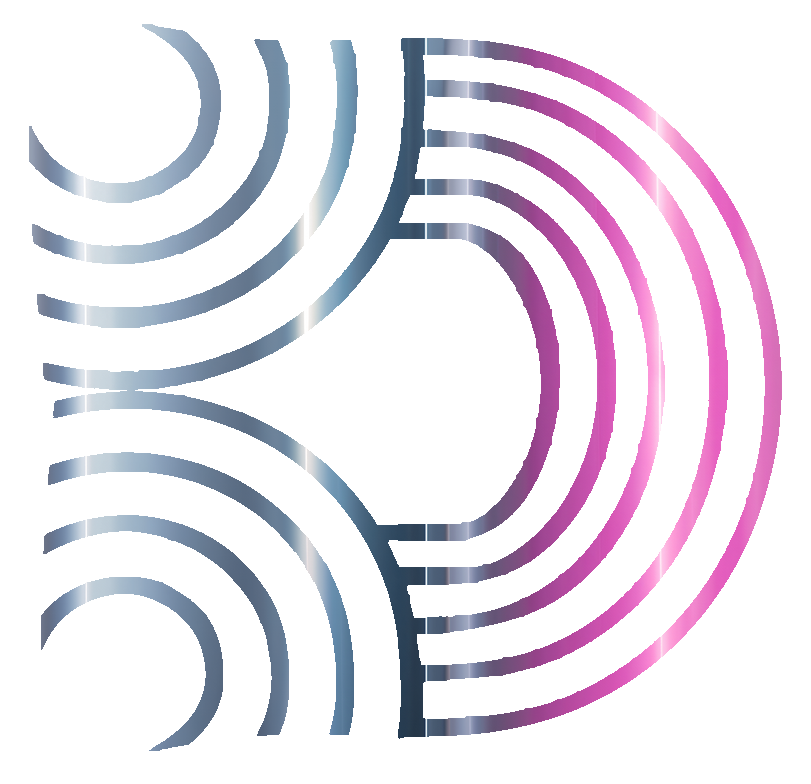Developing moodboards
101
Before I open a design program or choose a font, I always begin a project the same way: with a mood board. A mood board is “a collection of images that you are going to use to bounce off and start developing your ideas from.” It might not seem like the most exciting part of the process, but it’s one of the most important steps for me.
Creating mood boards “allows you to collect thoughts, ideas, color schemes, and moods in one place and define a coherent design concept without the risk of losing sight of the bigger picture.” With this, mood boards help figure out what direction to take in your design. Whether I’m creating a brand, a website, or even a simple project, making a mood board helps me start with a clear idea.
Why I Use Mood Boards
Mood boards do more than just look pretty. They help me stay focused and inspired throughout the project. Here’s why I always make one:
They help me figure out the vibe: Instead of just thinking about what I want the design to feel like, I can actually see it.
They keep my design on track: Once I know the look and feel, it’s easier to stay consistent as I go.
They inspire creativity: Looking at colors, fonts, and images often gives me new ideas.
They help with teamwork: If I’m working with a client or team, showing them the mood board helps us agree on the direction early on.
Starting with a mood board means I don’t waste time later wondering which style to choose or where the design is going.
What I Put on a Mood Board
Mood boards can include a lot of different things depending on the project. Some of the most common pieces I include are:
Color palettes: A set of colors that gives the design a certain mood.
Font examples: Some font styles I think might fit the project
Images and photos: Anything that gives the right look or emotion.
Textures and patterns: Things like marble, paper, or brush strokes that add more style.
Layout inspiration: Screenshots or designs that show a cool way to organize content.
Words or phrases: Just a few words that describe the style I want, like “simple,” “friendly,” or “classic.”
An example of a moodboard I’ve made:
Tools I Use
I use different tools depending on what the project needs:
Pinterest
Canva
Figma
Adobe Illustrator
Adobe InDesign
Works Cited
Chapman, Cameron. “Use Your Inspiration – a Guide to Mood Boards.” Toptal Design Blog, 2019, www.toptal.com/designers/visual-identity/guide-to-mood-boards.
Design, Pattern and. “The Importance of a Mood Board.” Pattern and Design, 13 Jan. 2021, patternanddesign.com/the-importance-of-a-mood-board/.
Janse, Tanya. “The Benefits of Mood Boards for Designers & Creatives.” SampleBoard Home, Lifestyle & Wedding Trends, 22 Oct. 2024, sampleboard.com/5-reasons-why-mood-boards-essential-designers/.
Yang, Lillian. “Mood Boards in UX: How and Why to Use Them.” Nielsen Norman Group, 26 Feb. 2023, www.nngroup.com/articles/mood-boards/.

